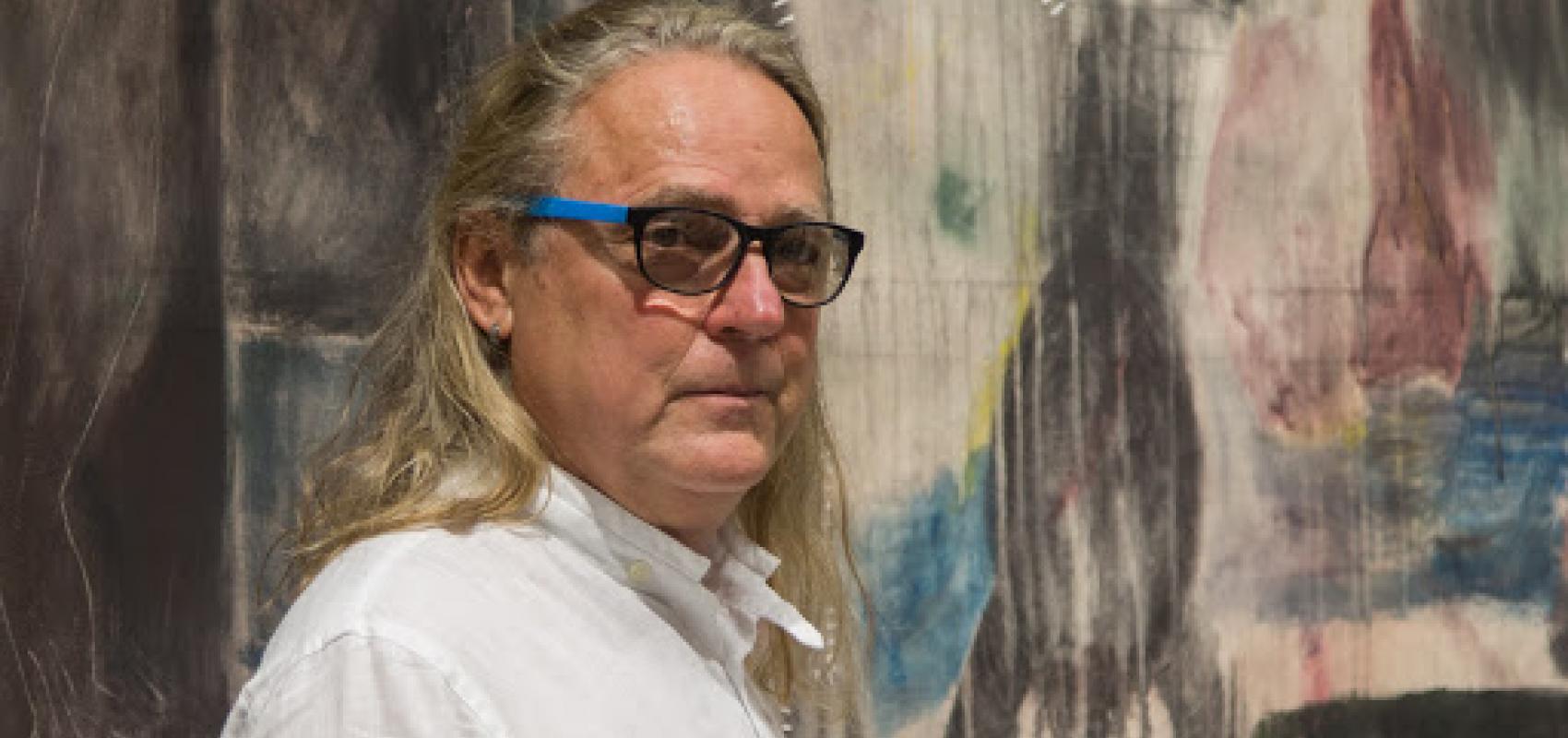Pedro de Oraá's imprint on Cuba's plastic arts can be measured by the closeness and exchange among artists with the work of the 2015 National Plastic Arts Award winner.
Beyond the advocates of abstract art, several painters recognize the direct or indirect influence of Oraá's work and the Group of 11 of which he was part, in the development of his career.
Carina Pino Santos, specialist and Doctor of Science in Art, recalls in a text published years ago the emergence of this movement marked to a great extent by abstractionism:
"They were only an exact eleven artists in an exhibition: "Eleven painters and sculptors" in La Rampa (April 18 to 28, 1953), in which the critic Texidor marked them with the name that would identify them".
We talked with Moises Finale at Maxima gallery to know his impressions following the news of Oraá's death this week, as well as the aspects that most caught his attention within the work of the renowned painter, poet and designer.
"For all of us of my generation, Oraá's work is extremely important because for the first time, along with the Group of 11, abstraction began to arrive, in particular complete abstraction, which brought great changes in Cuban painting, around the 1950s," comments Finalé.
Pedro de Oraá himself reminisces on the matter:
"It is the awareness of that fact, the sensitivity of that expression, and not something else, what finally motivates the young members of Los Once to a self-definition, to clear internal and external differences among them and to embrace abstract expressionism with full maturity of possession. The group dissolved in 1955 and gave rise to another team, reduced but compact in its practice and its purposes".
Finalé had the good fortune to meet and share on occasions not only with Oraá, but with almost all the members of that group: "Antonio Vidal, Francisco Antigua, my teachers, Fayad Jamís... I was lucky to meet Cárdenas, the sculptor, during the period I lived in France. It was a generation along with Oraá that marked great changes in the Cuban plastic arts".
"One of the things I most admire in his work is the purity of the line, the mastery and positioning of color in the composition of the paintings, in Oraa was a remarkable aspect. He knew how to place in the exact space where each shape, each color, had to go; it was something that always impressed me about him", adds the artist in the Máxima catalog.
De Oraá himself summarizes the main aspects of that movement in an interview with Pino Santos, an artist we remember today and whenever we talk not only about abstract art, but also about the plastic arts in Cuba: "I consider that abstraction is alive, it has not died, it has an extraordinary validity and it has to be that way because it is the most original experience of 20th century art".
27/8/2020





